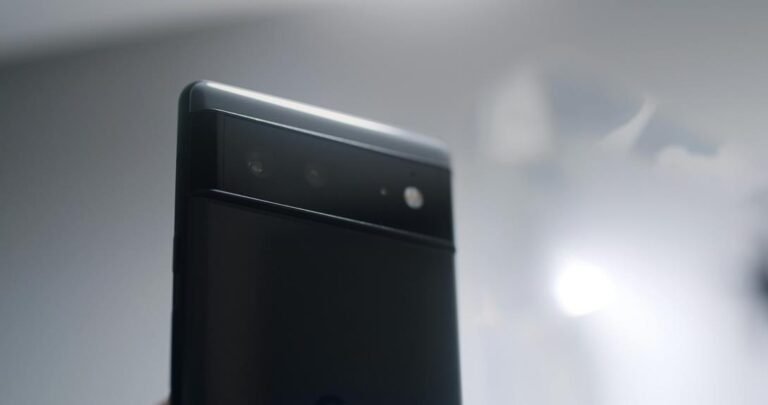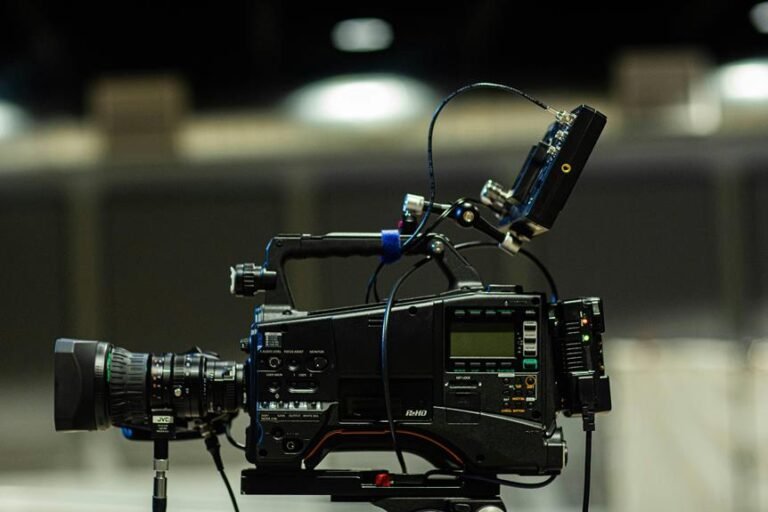How Traffic Light Cameras Work? Insights Into Traffic Monitoring Systems
Traffic light cameras work by capturing images at intersections, monitoring activity, and detecting violations to enhance safety and enforce traffic laws. They utilize sensors, radar technology, and the Doppler Effect to accurately measure vehicle speed based on time and distance. Data collected is processed in real-time using machine learning algorithms to predict traffic patterns, optimize signal timings, and dynamically respond to changing conditions. By exploring the intricate workings of traffic monitoring systems, you can uncover the advanced technology behind modern-day traffic surveillance mechanisms. Understanding these mechanisms provides valuable insights into the domain of traffic safety and law enforcement.
A Quick Overview
- Traffic light cameras capture images at intersections to monitor activity and enforce traffic laws.
- Sensor technology such as cameras, radar, and loops is used for real-time monitoring and predictive analytics.
- Red light cameras detect violations, enhance intersection safety, and aid in regulating traffic.
- Speed detection technology utilizes sensors, cameras, and radar to accurately measure vehicle speed.
- Data collection methods include real-time traffic data gathering, machine learning analysis, and optimizing signal timings.
Traffic Light Cameras Overview
To understand how traffic light cameras function, it's essential to grasp their fundamental purpose and components. Traffic signals are key elements in urban infrastructure, ensuring smooth traffic flow and safety.
Surveillance technology embedded in traffic light cameras enables real-time monitoring of intersections, allowing for efficient enforcement of traffic laws. These cameras play a crucial role in enhancing road safety and optimizing traffic management systems.
Components of Traffic Monitoring Systems
A critical component of traffic monitoring systems is the advanced sensor technology that detects vehicle presence and movement at intersections.
- Sensor Technology: Utilizes cameras, radar, or inductive loops.
- Network Connectivity: Enables communication between components.
- Real-time Monitoring: Constantly tracks traffic conditions.
- Predictive Analytics: Utilizes data to forecast traffic patterns.
- Integration: Combines data from various sources for thorough analysis.
Functionality of Red Light Cameras
Red light cameras capture images of vehicles entering intersections after the traffic signal has turned red. These cameras are essential for intersection monitoring and violation detection.
Understanding Speed Detection Technology
Speed detection technology utilizes a combination of sensors and cameras to accurately measure and record the speed of vehicles on the road. This technology incorporates radar technology to determine the speed of vehicles passing through a monitored area.
Key aspects of speed measurement include:
- Doppler Effect application
- Frequency shift analysis
- Radar beam projection
- Signal processing algorithms
- Speed calculation based on time and distance.
Data Collection and Analysis Methods
To further understand the operation of traffic light cameras, it's imperative to explore the data collection and analysis methods employed in monitoring and managing traffic flow effectively.
Real-time traffic data is gathered through various sensors and cameras, which is then processed using machine learning algorithms to predict traffic patterns, congestion, and optimize signal timings.
These methods enable traffic management systems to respond dynamically to changing traffic conditions, improving overall efficiency.
Impact of Traffic Cameras on Safety
The implementation of traffic cameras greatly enhances safety measures on roadways by providing real-time surveillance and enforcement capabilities.
- Accident Prevention: Traffic cameras help in reducing accidents by monitoring and enforcing traffic regulations.
- Public Opinion: Many citizens support traffic cameras as they improve overall road safety.
- Privacy Concerns: Some individuals are wary of potential privacy violations due to constant monitoring.
- Government Regulations: Strict regulations oversee the use of traffic cameras to guarantee data protection and legal compliance.
Legal Aspects of Traffic Monitoring Systems
Ensuring compliance with legal frameworks governing traffic monitoring systems remains essential for maintaining public trust and transparency in surveillance practices. Privacy concerns and ethical implications are central to the operation of traffic cameras.
Striking a balance between effective monitoring and respecting individuals' rights is vital. Adhering to relevant laws and regulations is necessary to address these concerns and uphold ethical standards in traffic surveillance systems.
Future Trends in Traffic Surveillance
Incorporating artificial intelligence algorithms into traffic surveillance systems is a rapidly developing trend.
- Autonomous vehicles are driving the need for more sophisticated monitoring techniques.
- Machine learning algorithms are being used to predict traffic patterns more accurately.
- Advanced sensor technologies like LiDAR are enhancing data collection capabilities.
- Real-time data processing is becoming essential for immediate traffic adjustments.
- Integration with smart city initiatives is shaping the future of traffic surveillance.
Frequently Asked Questions
Can Traffic Light Cameras Track Vehicles in Real-Time?
Yes, traffic light cameras can track vehicles in real-time. By utilizing advanced technology and algorithms, these cameras capture vehicle movements accurately, aiding in traffic monitoring and management. Real-time data from these cameras enhances overall traffic flow efficiency.
How Are Traffic Camera Images Stored and Secured?
To guarantee security, traffic camera images are encrypted for protection. Data retention policies dictate how long images are stored, often for investigative and statistical purposes. Encryption safeguards privacy while ensuring compliance with regulations.
Are There Privacy Concerns Related to Traffic Cameras?
Privacy implications and data protection are significant concerns with traffic cameras. Your movements are monitored, raising questions about personal freedoms. Safeguards must be in place to prevent misuse of data collected, ensuring your privacy.
Do Traffic Cameras Use Artificial Intelligence for Monitoring?
Yes, traffic cameras utilize AI algorithms to enhance surveillance technology in real-time. These systems analyze traffic patterns, detect violations, and optimize traffic flow efficiently. Incorporating AI enables quicker responses and smarter decision-making for traffic management.
What Measures Are in Place to Prevent Camera Tampering?
To safeguard against tampering, regular camera maintenance includes secure enclosures, tamper-evident seals, and remote monitoring for unauthorized access. These measures guarantee data integrity, system reliability, and accurate traffic monitoring, enhancing safety and efficiency.







